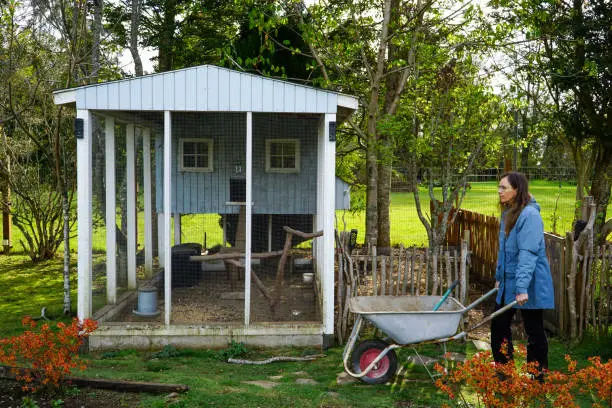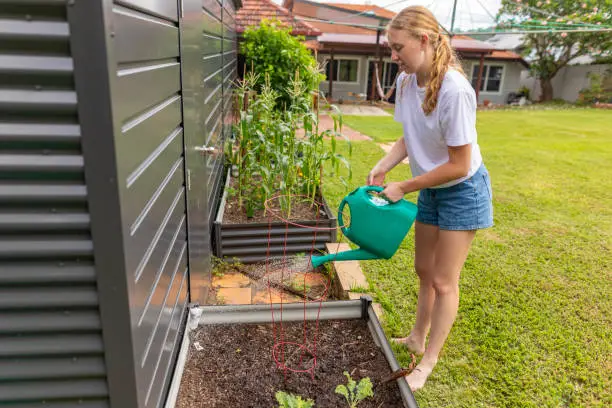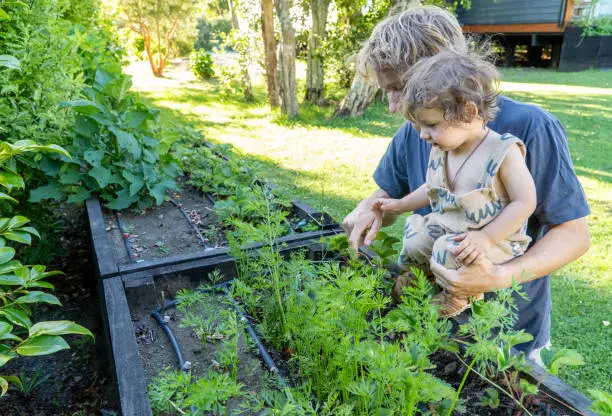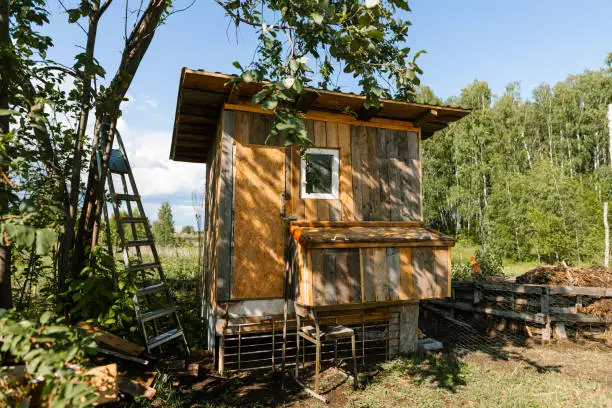Do you want to produce wheat in your backyard homesteading? Are you considering barley, oats, or rye? Fantastic! Watching those golden heads sway in the wind is immensely pleasant. It looks like an old postcard. To the point—how do you do this?
First, space matters. Grains need space, unlike tomatoes and carrots. An adequate allotment will simplify life, but acres are optional. Imagine transforming a little flower bed or lawn spot.
Let’s speak soil. Granules don’t need five-star treatment. However, they like fertile, well-drained soil. Add compost or old manure if your soil is a dust bowl rather than a fertile crescent. Give your grains a healthy meal before they start their day.
Timing is crucial. Too early planting exposes seeds to frost; too late planting may prevent maturity before winter. In milder regions, fall planting is optimal for most cereals; otherwise, spring is best.
Have you heard “knee-high by the Fourth of July”? The old farmer’s corn standard works for cereals, too. Relax and watch growth—nature takes its time.
No one likes parched plants or nutrient-stealing pests, so let’s talk watering and weeding. Water according to your climate, but aim for continuous moisture without drowning—Goldilocks-like.
Weeds are stealthy pests that can choke out immature grain shoots. Regular weeding saves headaches and is a free treatment! Pull out those weeds by the roots.
During harvest season, you’ll feel like a kid at Christmas! The golden tint and firm kernels should allow you to bite into one without breaking a tooth (don’t try). Use a sickle, scythe, or garden shears for an old-fashioned look.
Threshing sounds elegant, but sorting grain from chaff is like shelling peanuts at a ballgame! Spread collected stalks on tarps and stomp—or use flails for medieval flair!
Next, wind-powered winnowing separates the wheat from the chaff! Throw the threshed mix into the air and watch the breeze carry lighter bits while heavier kernels fall—it’s beautiful!
After cleaning, store grains somewhere cold and dry—they deserve a break after all that hard work!

Ready for some adventure? Barley is fantastic for beer; oats are great for breakfast; porridge and produce excellent bread. The possibilities are unlimited!
Growing grains in the garden takes patience and a little work, but the results are worth it! Take the plunge and become a self-sufficient homesteader today—you won’t regret a moment of maintaining your paradise.
Remember that Rome wasn’t built in a day, and a plentiful grain harvest won’t happen overnight. Stick with the process and witness transformation develop before your eyes.
Modern Homesteader Flour Power: Backyard Milling
Imagine a lovely afternoon, birds chirping, and you in your backyard with a sack of wheat berries. You’ll mill your flour, an ancient ritual. It’s a step back in time and a leap toward independence.
Why grind your flour? Store-bought flour lacks nutrients. Freshly milled flour preserves vitamins, minerals, and oils. Plus, it tastes better—similar to comparing fresh bread to week-old toast.
Choose your grains first. Most people choose wheat, but continue! Delicious flours can be made from rye, spelled, and corn. Each grain has its taste and texture.
The equipment is discussed below. You can use electric or manual mills. Manual mills are quieter and don’t need electricity, making them ideal for off-grid living or quiet enjoyment. While grinding flour with manual mills, you may work out your arms.
Electric mills are speedier and easier on the muscles, but their price and noise may deter you. The route you choose should suit your needs.
Sifting is necessary before grinding. Some prefer whole grain flour with bran and germ. If you want a lighter texture, sift out some of the bran.
Okay, so how do you mill this stuff? Fill the top hopper with grains. Mill type determines handle crank or switch flip. One end magically releases fresh flour!
Freshly milled flour smells tremendous and feels warmer due to grinding friction. The aroma one is worth the effort.
Be patient! With freshly milled flour, you can do more than bake! Imagine pancakes that taste like heaven or cookies that disappear before cooling!

Imagine a beautiful afternoon with birds chirping and a sack of wheat berries on your lawn. Grinding your flour is a tradition—a step back in time and a leap toward independence. Making flour from whole grains by hand is quite rewarding. Through this process, we connect with our ancestors and celebrate self-sufficiency.
Grinding flour yourself—why? Store-bought flour loses nutrients after processing. Freshly milled flour is healthier and tastier since it retains vitamins, minerals, and oils. Similar to comparing fresh bread to week-old toast. Freshly milled flour has an entire range of nutrients and an unmatched taste.
Pick your grains first. Many choose wheat but continue. Delicious flour can be made from rye, spelled, and corn. Each grain has its flavor and texture, providing diversity and depth to baking. Rye is earthy, spelled nutty, and maize flour is excellent for cornbread and tortillas.
Equipment follows. Electric or manual mills are the primary choices. Manual mills are excellent for arm workouts while grinding flour. They are quieter and don’t need electricity, making them suitable for off-grid living or peaceful work. The rhythm of a hand-cranked mill is calming.
Although speedier, electric mills are easier on your muscles. They make a lot of flour quickly but are noisy and expensive. Electric or manual depends on lifestyle and necessities. If you mill large volumes often, consider an electric mill. A manual mill may be better if you like the workout and procedure.
Sifting is essential before grinding. Some bakers use whole grain flour with bran and germ for flavor and nutrients. If you want a lighter texture, sift off some bran. This stage is up to you and depends on your baking style.
How are you milling this? It’s simple. Fill your mill’s top hopper with grains. Flip the switch or crank the handle, depending on your mill. The end will magically produce fresh flour! Freshly ground flour smells fantastic. It has the warmth and richness that store-bought flour lacks.
Patience matters! Making flour from scratch takes effort, but it pays off. Freshly milled flour goes beyond breadmaking. Imagine heaven-tasting pancakes or cookies that disappear before cooling. Your home will smell like baking, and your taste buds will reward you.
Milling your flour is a fun family activity. Kids enjoy cranking a manual mill or watching grains change in an electric one. It’s amusing and educational and teaches them about food origins.





Leave a Reply
You must be logged in to post a comment.